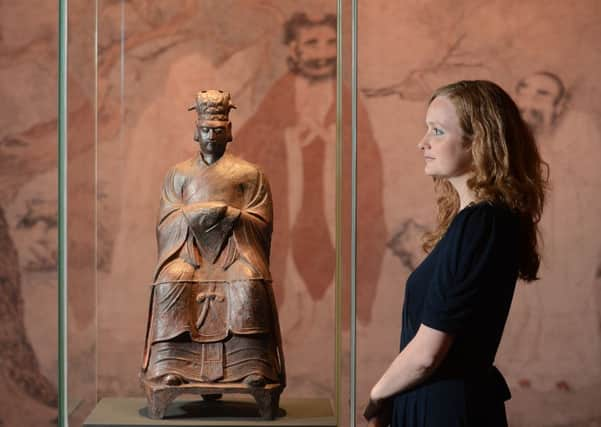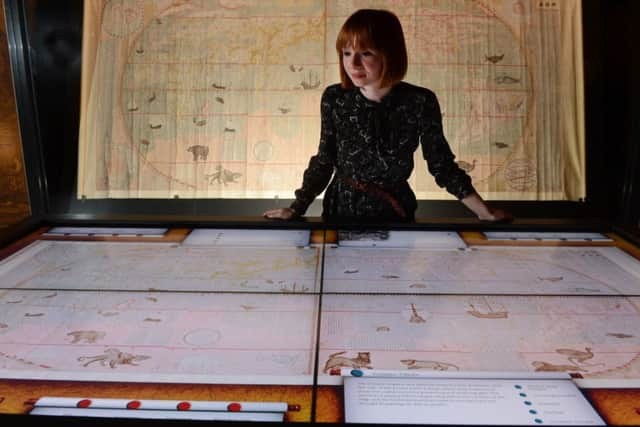150 Ming Dynasty treasures set for capital exhibit


Now some 150 historic treasures drawn from the 276-year-long Ming era have been brought together for a new blockbuster exhibition in Scotland.
One of China’s oldest museums has donated the bulk of the artefacts for the show at the National Museum of Scotland in Edinburgh, the only UK location for a major international tour. Many of them are being allowed to leave China for the first time and will be on display along with some of the most coveted artefacts in the museum’s own collection.
Advertisement
Hide AdThe exhibition, a major collaboration with Nanjing Museum, is the most high-profile project to date to emerge since a cultural memorandum of understanding was signed by First Minister Alex Salmond and China’s Culture Minister, Cai Wu, three years ago.


The Edinburgh exhibition is being staged ahead of a major British Museum show, which is due to open in September. But it will focus on a much narrower period, of just 50 years, in the 15th century, while the NMS show looks at the entire Ming period.
The exhibition charts the rise and fall of the dynasty, explores the rule of the 16 different Ming emperors, examines the way they wielded power and influence, and sheds light on the way Chinese society was transformed under their rule.
Specially-selected exhibits are devoted to the “Ming literati,” the men who made it through a punishing civil service examination service to join the educated elite, as well as the changing roles of women in Chinese society during the era.
The exhibition features a host of artefacts drawn from the Ming imperial court and those that it inspired, including intricately-designed bowls, vases, paintings and jewellery, much of which was said to be of a higher standard than anything produced in Europe at the time.
Among the highlights of the exhibition are a vast map of the world, created in the Forbidden City, the famous Chinese imperial palace, in the 17th century, which is itself featured heavily in the exhibition.
Advertisement
Hide AdThe show, which will run at the museum until 19 October, also features rare examples of Ming currency, furniture, textiles and musical instruments, as well as paintings by celebrated artists like Shen Zhou (1427-1509), Tang Ying (1470-1524), Qiu Ying (c.1494-1552), Wen Zhengming (1470-1559), and Dong Qichang (1555-1636).
Dr Kevin McLoughlin, principal curator for Central and East Asia at the museum, said the exhibition would showcase the “incredible cultural achievement” of the Ming dynasty, which he said represented the “starting point” of modern-day China.
He added: “It’s a very significant exhibition for us.
Advertisement
Hide Ad“We had a terrific opportunity to bring it to Scotland and this show won’t be going anywhere else in the UK once it closes here. Some of the exhibits from were on display in Amsterdam last year and others may be going on to Spain, but we’re also putting on show some of our own Ming artefacts.
“The key thing about this show is that is a complete overview of the Ming dynasty and everything that is on loan is coming from Nanjing, which was very significant in Chinese history for a number of reasons. It was the first Ming capital and the museum there is one of the most important in the country.
“Its collections are very significant and it is very rare for its exhibits to leave China. The opportunity for this show has come up because Nanjing Museum is being refurbished at the moment.”
The cultural agreement between Scotland and China, signed in December 2011, committed the governments in Beijing and Edinburgh to support “greater exchange and collaboration” across the arts, creative industries, heritage and its national collections.
SEE ALSO